Ah, summer. If you are anything like me, you probably start
thinking about the next school year before you even finish the previous one!
This summer, I am participating in a few professional development book studies,
including Building Mathematical Comprehension by Laney Sammons with A Teacher Mom.
I'm pretty excited about this book. Teaching kids specific reading strategies gets me pumped up. It's only natural that I would feel excited about applying these same strategies to math instruction.
Why didn't I think of this already? I have been teaching kids strategies for solving math problems, but I never explicitly made the connection between those strategies and their reading strategies. I have a feeling this is going to be a game changer for me. (I may or may not have already texted pictures of this book to several colleagues and tried to get them to join me. I'm THAT excited.)
Since I'm late to this party, I really like the structure that Not JANE used for summarizing the chapter: The Big Idea, AHA Moment, and Question. Hopefully she won't mind if I stick to the same structure.
Good readers share many of the same characteristics as good mathematicians. Both are able to respond to the information presented in the literal text in order to actively construct meaning. They go beyond recalling or retelling the text and combine their own thought processes with the text in order to build new knowledge.
Students that are confident in their abilities will engage in those activities more, therefore increasing their skills at a faster rate. Confident readers read more; insecure readers read less. Confident readers get more practice, so their reading improves more quickly; insecure readers avoid reading, so they have a tendency to regress, stagnate, or progress more slowly. Students that are confident in their mathematical abilities engage more actively in problem-solving, which increases their skills more rapidly than students that are insecure and avoid it. This implies that teaching students how to become confident in their skills as readers and mathematicians may prevent or minimize achievement gaps. Time to build that confidence!
What exactly does a Math Huddle look like in practice? The author defines a Math Huddle as a student mathematical discussion. I definitely want to learn more about this!
Since I'm late to this party, I really like the structure that Not JANE used for summarizing the chapter: The Big Idea, AHA Moment, and Question. Hopefully she won't mind if I stick to the same structure.
Good readers share many of the same characteristics as good mathematicians. Both are able to respond to the information presented in the literal text in order to actively construct meaning. They go beyond recalling or retelling the text and combine their own thought processes with the text in order to build new knowledge.
Students that are confident in their abilities will engage in those activities more, therefore increasing their skills at a faster rate. Confident readers read more; insecure readers read less. Confident readers get more practice, so their reading improves more quickly; insecure readers avoid reading, so they have a tendency to regress, stagnate, or progress more slowly. Students that are confident in their mathematical abilities engage more actively in problem-solving, which increases their skills more rapidly than students that are insecure and avoid it. This implies that teaching students how to become confident in their skills as readers and mathematicians may prevent or minimize achievement gaps. Time to build that confidence!
What exactly does a Math Huddle look like in practice? The author defines a Math Huddle as a student mathematical discussion. I definitely want to learn more about this!

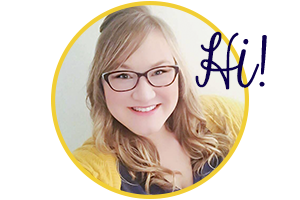


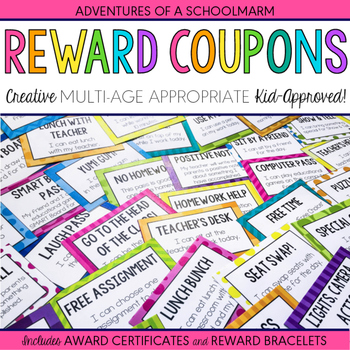
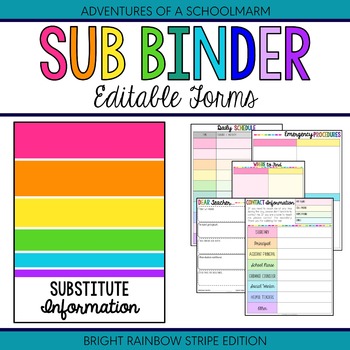
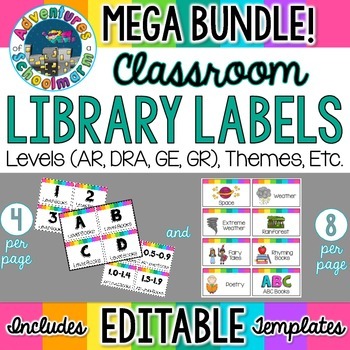
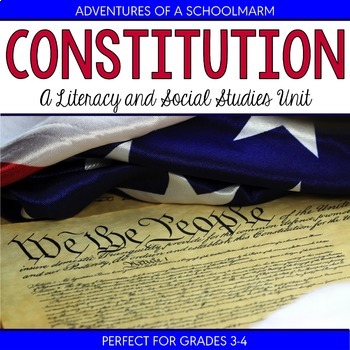
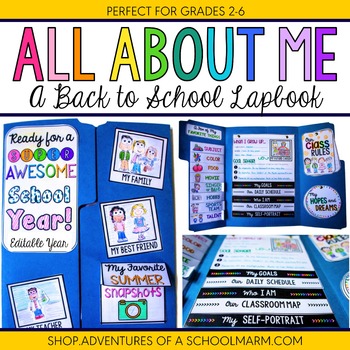
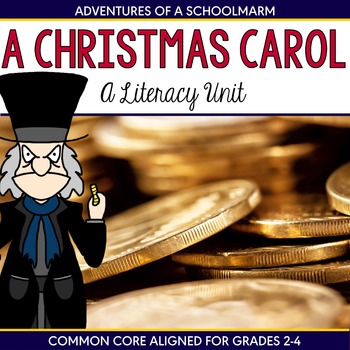
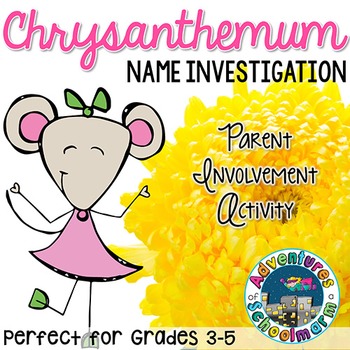



This sounds like a great book!! Can't wait to check back in and see what else you have learned!
ReplyDeleteThis sounds like a great book!! Can't wait to check back in and see what else you have learned!
ReplyDelete